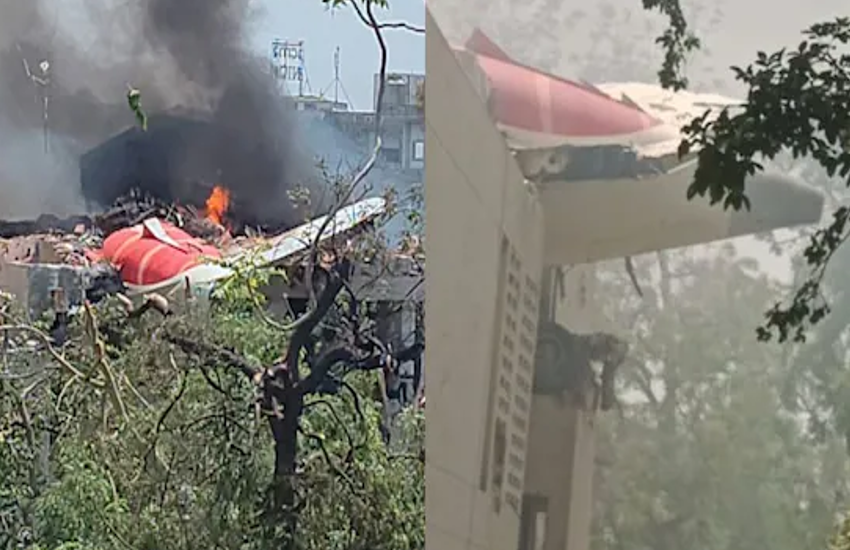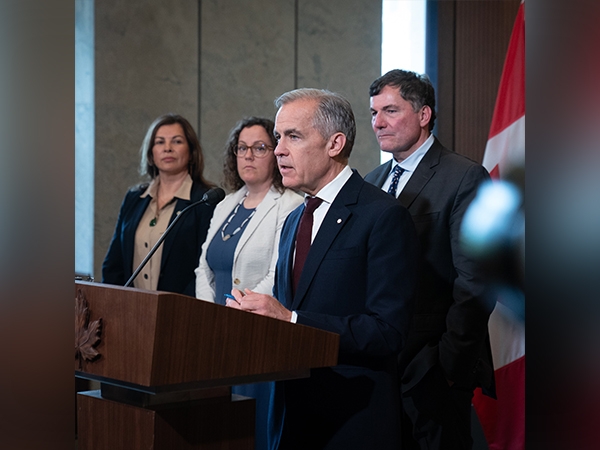Back to the basics: boosting investment is Modi's top priority now

The year 2015 was forgettable one for Prime Minister Narendra Modi - with the BJP facing electoral reverses in Delhi and Bihar and his reforms agenda leading nowhere. The PM has now decided to set his focus on setting the economy right and his first step has been to crack the whip on key ministries.
The initiative
-
According to sources, the Prime Minister's Office (PMO) has asked all ministries to provide a list of stalled projects under their purview. They have also been instructed to give details of the steps being taken to expedite these projects.
-
In particular, the ministries of railways, power and surface transport have been instructed to keep the PMO in the loop regarding major projects. The aim is to address the bottlenecks that are delaying the projects, even if it means direct intervention from the PMO.
-
The PMO-headed Project Monitoring Group (PMG) has approved more than 100 pending projects worth nearly Rs 2 lakh crore in the past 15 months. Investment in the construction and maintenance of highways has been the top priority of the group.
-
The PMG was formed during the tenure of Manmohan Singh to give a boost to major projects, particularly infrastructure ones. The group was instrumental in clearing 314 projects worth around Rs 10 lakh crore. After coming to power, Modi has not only retained the group but also given it more teeth.
-
Sources reveal the Prime Minister has advised ministries to adopt single-window clearance system for important investment proposals. He has also been pitching for better co-ordination between various ministries. Yet, the list of delayed projects has only become longer during his tenure.
PM's priorities
-
Aware of the dwindling faith of investors, the PMO has decided to take matters in its own hands. Its review report has acknowledged that the investment cycle is still weak in the country. The inflow of investment has fallen well short of PM Modi's expectations.
-
This is the reason it is now working to fast track over 400 stalled projects that are estimated to bring an investment of around Rs 25 lakh crore.
-
The PM also hopes to capitalise on the goodwill generated during his foreign visits. Sources claim he is mulling the option of offering some of big-ticket projects to foreign governments.
-
His targets would be the countries that have promised to invest billions of dollars in India. The Prime Minister apparently believes this would bring the latest technology and innovation to government projects.
-
Japan and China have promised an investment of $55 billion over the next five years. Similarly, countries like UAE, South Korea, Australia and Russia have also assured to pump in investments in the Indian infrastructure sector.
-
The efforts are on to rope in funds for projects that require long-term investment at low interest rates.
The steps
-
After receiving instructions from Modi, the PMO has asked the finance ministry to list all such investment proposals. All the ministries have been asked to suggest projects under that can be given to the foreign governments.
-
The final list of projects would be prepared by the PMO in consultation with the finance ministry. It would be then handed over to the government and private foreign investors. Such kinds of projects would come under the direct supervision of PMG.
-
The government believes this would improve foreign direct investment (FDI) in the country. The FDI inflow increased from $36.39 billion in 2014 to $ 44.88 billion in the financial year of 2015, a growth of 23%.
-
In a bid to accelerate stalled projects, the government is also considering the option of excluding the cost of land from the total estimated expenditure. This would help many such projects get clearance at the ministry level. The permission of the Cabinet Committee on Economic Affairs (CCEA) would not be necessary. This step would particularly benefit projects related to surface transport, railways, power and urban development.
-
The government realises that the projected cost of many such projects has been shooting up because of the increase in the cost of the land. This makes the approval of the cabinet mandatory for these projects. Excluding the land cost from the cost estimates of the project could quicken the approval process.






![BJP's Kapil Mishra recreates Shankar Mahadevan’s ‘Breathless’ song to highlight Delhi pollution [WATCH] BJP's Kapil Mishra recreates Shankar Mahadevan’s ‘Breathless’ song to highlight Delhi pollution [WATCH]](https://images.catchnews.com/upload/2022/11/03/kapil-mishra_240884_300x172.png)

![Anupam Kher shares pictures of his toned body on 67th birthday [MUST SEE] Anupam Kher shares pictures of his toned body on 67th birthday [MUST SEE]](https://images.catchnews.com/upload/2022/03/07/Anupam_kher_231145_300x172.jpg)






